Few environments are so awe-inspiring to hike and camp in as snow-covered mountains and fields. But don’t take these situations too lightly. For one thing, you’ll find it difficult to see, all thanks to how bright such an environment can be.
What you may not realize is that the glare of the sun that’s making you squint can actually damage one’s eyes. It’s called snow blindness and though usually temporary, there’s risk involved if you don’t take enough care when hiking in winter. Here’s what you need to know to keep your eyes safe when hiking and camping in snow.
What is Snow Blindness?
Snow blindness is also called photokeratitis. In most cases, snow blindnes is a temporary condition where you may experience pain and discomfort in the eyes because of exposing them to too much UV light. This can happen due to the sun reflecting off sand or snow, which intensifies exposure levels. Welding and tanning beds are other scenarios that can cause this problem. In short, it’s like sunburn, only it’s your sensitive eyes, not your skin, that suffer and it affects the eye’s cornea cells.
Photokeratitis can take place even if you don’t experience sunburn on other parts of the body, because the eyes are such sensitive organs. They’re also very complex and therefore recovery can take longer than ordinary sunburn. This condition is also very painful since the cornea’s nerve endings are of the densest in your body.
Treating Snow Blindness when Hiking
In many cases, this snow blindness can improve within a few days — but you’ll need to stay out of the sun. This probably isn’t going to happen on multi-day winter hiking trips unless you get “lucky” and have cloudy days.
You can also treat snow blindness with eye drops (though no one packs eye drops in their hiking first aid kit!). However, too much sun exposure can result in serious consequences, including macular degeneration, loss of vision, or cancer. In short, there’s no treating it.
How to Prevent Snow Blindness when Hiking
The best way to prevent snow blindness is to wear eye protection. For hiking in the snow below treeline, a pair of quality sunglasses should suffice. At higher altitudes, the air is colder and offers less UV protection. There’s also a lot of wind. So, goggles are the better option.
No matter the type of eye gear you pick, check the specifications. You need lenses that will block UV rays and preferably only wear glasses or goggles that can block 99%+ of these rays. Also make sure that your pair blocks both UVA and UVB rays, although this is feature is standard in some countries these days.
You can also protect your eyes with good habits. Stay hydrated and avoid looking at the snow as much as possible. Also avoid using makeup (though I’m not sure who is wearing makeup on winter hikes…). And, if your eyes are really sensitive, you might actually want to consider putting eye drops in your first aid kit.
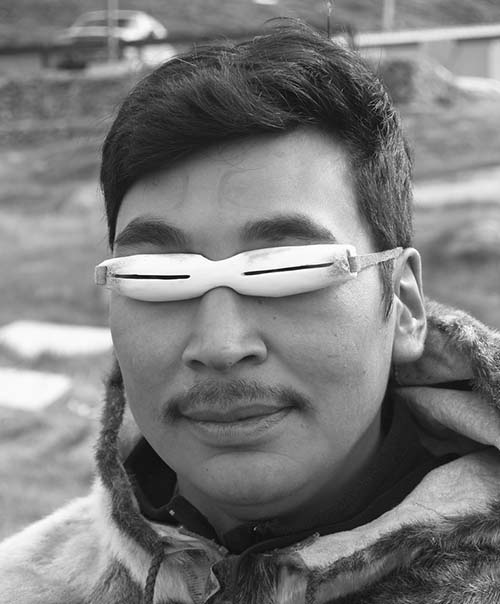
Inuit people have long worn bone glasses like these to protect their eyes from the sun.
How to Choose the Right Sunglasses for Winter Hiking
Not all sunglasses are good for winter hiking. Here’s what you need to look at to get the right pair.
1. Amount of Protection
Sunglasses are categorized by “visible light transmission,” or VLT. You’ll also sometimes hear this referred to as “degree of light absorption.”
For hiking in winter in snow conditions you should have Category 4 sunglasses. They’ll absorb much more than your average sunglasses, giving you the necessary protection from the sun’s glare.
- Category 0: The VLT is 80% to 100%, so these don’t offer much protection and the tint is non-existent or very light.
- Category 1: With a light tint it offers 43% – 80% VLT. You can use them for eye protection in low light conditions late in the day or during active sports.
- Category 2: Thanks to a medium tint you get 18% – 43% VLT. They’re sufficient for hiking, even in the mountains as long as it’s not at a very high altitude.
- Category 3: A dark tint results in 8% – 18% VLT. They will help even at high altitude, but not if there’s snow.
- Category 4: The very dark tint enables 3% – 8% VLT. This high rate of light absorption gives the necessary protection you need when spending time in the snow and dealing with intense glare. They’re also appropriate and often necessary when on the water, since UV rays can reflect off the water.
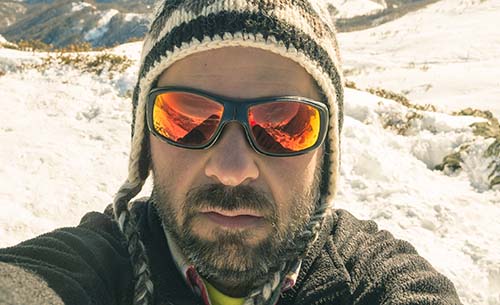
These sunglasses offer great protection from UV light
2. Polarization
Polarizing filters specifically help reduce glare. Therefore, wearing sunglasses with polarized lenses will result in much less eye strain and less chance of snow blindness. Your eyes will also feel much more relaxed while you hike.
Alternatively, you can opt for a mirror coating. This is a different way to reduce the effects of the glare if your sunglasses don’t have polarizing features.
3. Oleophobic Coating
Other helpful features result in easier sunglass maintenance. A popular option is an oleophobic coat that makes for easier cleaning even if there’s grease or dust on your sunglasses.
4. Anti-Fog Coating
If you want to prevent constant cleaning because of fogging, which is common in certain winter conditions, an anti-fog coat is a wise investment.
5. Lens Color
The best color for your lenses depends on the activities you plan in the snowy environment. Grey and black lenses are versatile and always a good investment for most hikers. However, if you plan on skiing as well as hiking, yellow lenses are worthwhile since they help you identify details in the snow.
6. Frame
The sunglasses should be large enough to protect from all angles. You must also have good visibility in your normal field of view, so they’re comfortable to wear and practical to use when out and about.
Avoid metal frames. The metal will feel really cold on your face. Plastic frames are the way to go for hiking in really low temperatures.
Author Bio:
Isabelle Marinier is an associate editor at EyeBuyDirect, an online retailer of affordable and high-quality eyewear. She is a lifelong learner who is always eager to try new things. Isabelle combines her skills and experience to transform lifestyle, fashion, and travel ideals into practical reality and relevant information.
Image credit: Inuit snow goggles, by Julian Idrobo, Creative Commons Attribution-Share Alike 2.0 Generic license


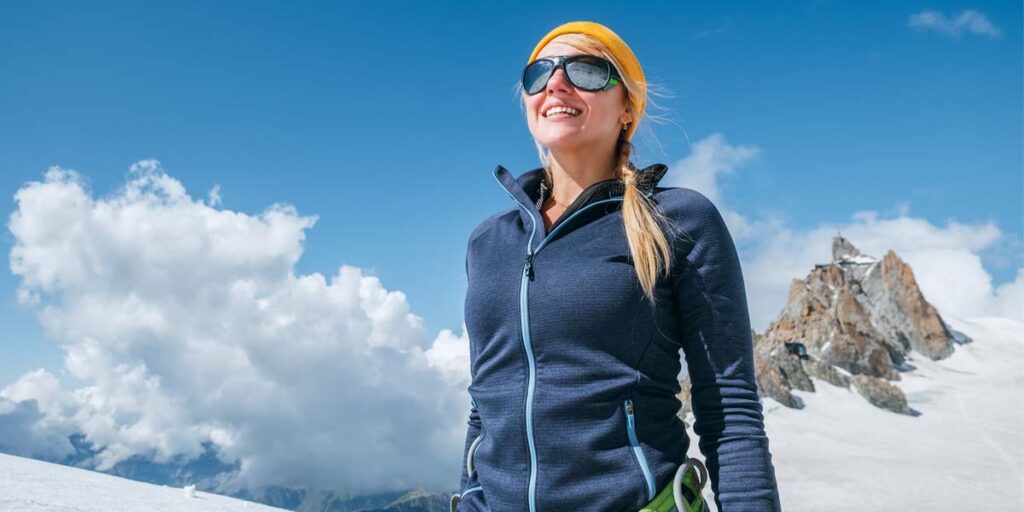
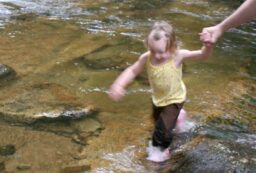
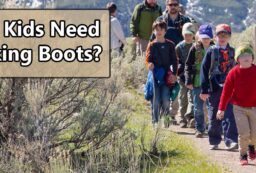
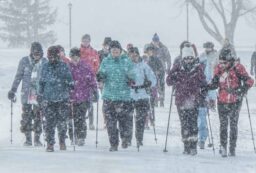







Post your comments